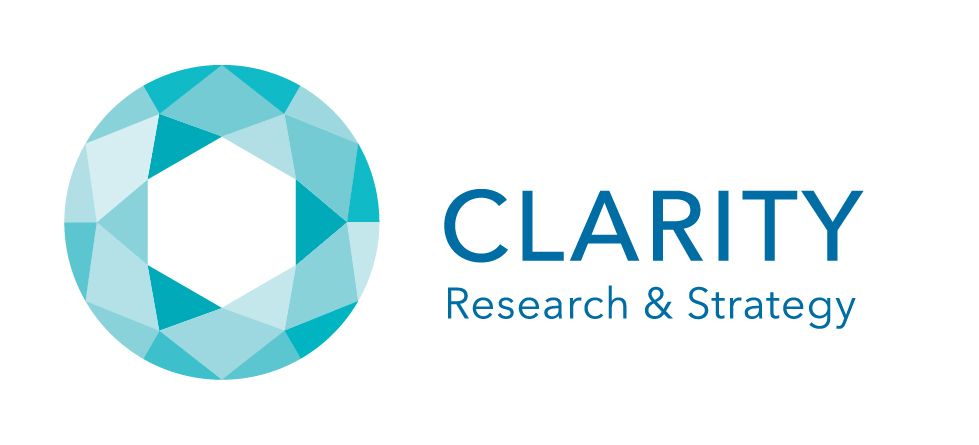Picture two companies in the same industry. One pours millions into marketing campaigns built on gut feelings and outdated research. The other invests in fresh, deep customer insights — not just data points, but true understanding of what motivates people.
Guess which one consistently launches products that resonate, wins brand loyalty, and sustains growth?
That difference is what we call the Clarity Gap — the divide between organizations that harness customer insight for competitive advantage and those that don’t. It’s a silent but powerful force shaping market winners and losers.
Why Customer Insight Is Today’s Sharpest Competitive Edge
The business landscape has shifted dramatically. Customer behaviors are more dynamic than ever, influenced by evolving technologies, economic pressures, and shifting cultural values. What worked yesterday may already be irrelevant today.
Yet many organizations still rely on old playbooks: stale surveys, last year’s segmentation models, or leadership “instincts.” The result? Campaigns that miss the mark, products that underperform, and strategies that struggle to deliver ROI.
In contrast, companies that embrace superior customer understanding:
- Anticipate market shifts before competitors do.
- Innovate with confidence, aligning products with genuine customer needs.
- Craft messaging that speaks directly to motivations and pain points.
- Build trust by showing customers they are seen, heard, and valued.
This isn’t just about better data — it’s about clarity. And clarity unlocks customer insight competitive advantage that can’t easily be replicated.
Lessons From the Winners (and Losers)
Consider how many high-profile product flops can be traced back to poor customer insight: launches driven by executive enthusiasm rather than customer need. Compare that with brands that have surged ahead by listening more deeply — whether through ethnography, real-time feedback loops, or advanced segmentation.
The winners aren’t necessarily the biggest spenders. They’re the best listeners. They understand that insight is not a one-time research project; it’s an ongoing discipline that fuels sharper strategy and stronger execution.
How to Close the Clarity Gap in Your Organization
If you’re leading marketing, brand, or strategy efforts, here are three ways to begin turning customer understanding into your competitive advantage:
1. Audit Your Assumptions
Every organization operates with a set of “truths” — ideas about who customers are, what they want, and why they buy. The danger is that many of these truths are relics of a different market moment.
Take a hard look at the assumptions driving your strategy. When was the last time they were validated? Are you still targeting a segment that has evolved or even disappeared? For example, a retail brand may believe its “loyal” core customer is middle-aged parents, only to find — through fresh insight — that younger professionals now make up the fastest-growing share of purchases.
Auditing assumptions doesn’t just expose blind spots; it opens doors. By challenging outdated beliefs, you free your team to pursue new opportunities rooted in reality.
2. Invest in Continuous Learning
Customer understanding is not a one-time project — it’s a discipline. People’s values, habits, and decision-making patterns evolve constantly. What motivated them last quarter may look different next quarter, especially in volatile industries like tech, retail, or healthcare.
Leaders who win commit to an ongoing cycle of learning. This doesn’t always mean massive research budgets; sometimes it’s about embedding lightweight but consistent feedback loops:
- Quick-turn surveys to test emerging concepts.
- Social listening to track cultural and conversational shifts.
- In-depth qualitative interviews to explore motivations beneath the surface.
Think of it like fitness — one big workout doesn’t get you in shape. Progress comes from consistency. The same is true for customer insight: continuous learning builds lasting competitive advantage.
3. Make Insights Actionable
The Clarity Gap often isn’t a lack of research; it’s a failure to connect insights to action. Too many reports sit unread, too many dashboards overwhelm rather than enlighten.
Closing the gap requires translation: turning findings into direction. For instance, if research shows customers are overwhelmed by choice, the action isn’t simply “noted” — it could spark a product line simplification, a UX redesign, or a messaging shift to emphasize ease.
This is where clarity truly matters: insights distilled into stories decision-makers can rally around. When insights are shared in ways that inspire creativity and guide strategy, they stop being “data” and start becoming the engine of growth.
The Bottom Line: Growth Favors Clarity
The companies thriving today aren’t necessarily the ones with the biggest budgets or loudest campaigns — they’re the ones that know their customers best. Customer insight competitive advantage comes from clarity, and clarity comes from listening, understanding, and acting with precision.
At CLARITY Research & Strategy, we help agencies, companies, and organizations achieve that edge — delivering clear insights, clear direction, and clear growth.
📞 Ready to sharpen your strategy? Schedule a Call with Us and explore our latest book: Three Wise Monkeys: How Creating a Culture of Clarity Creates Transformative Success.





